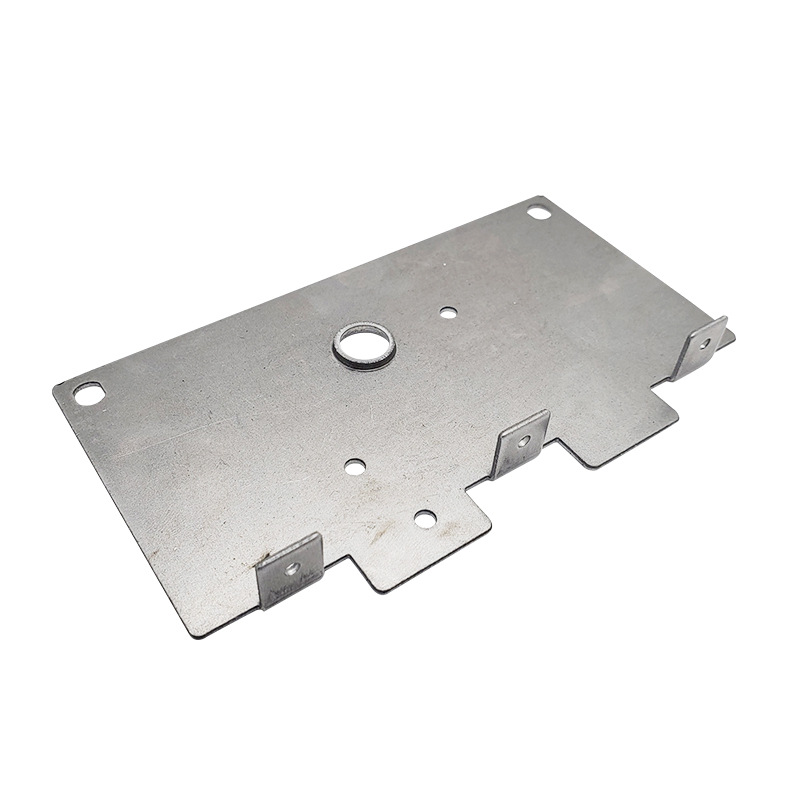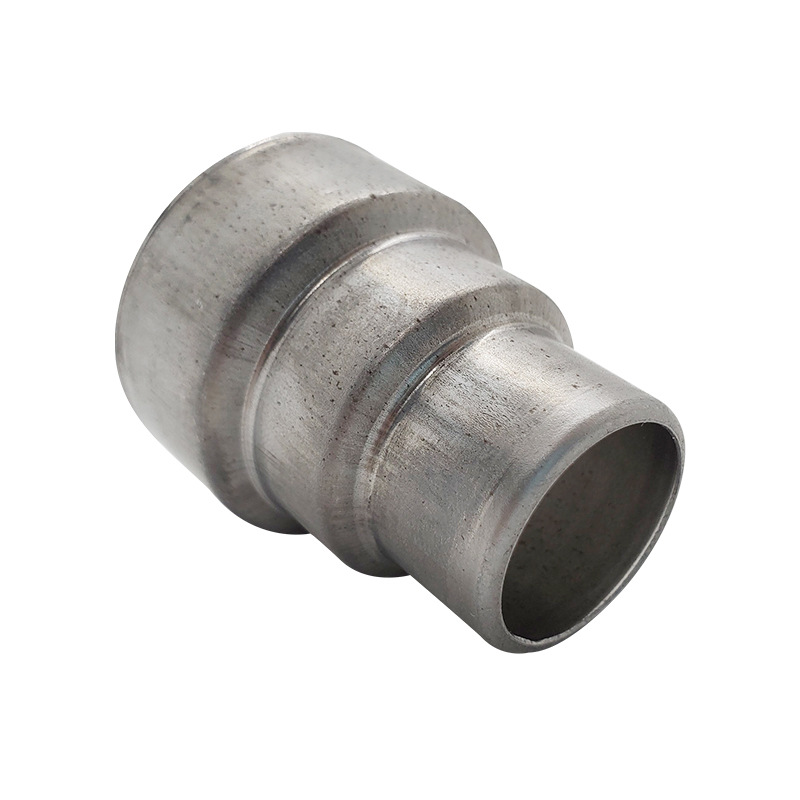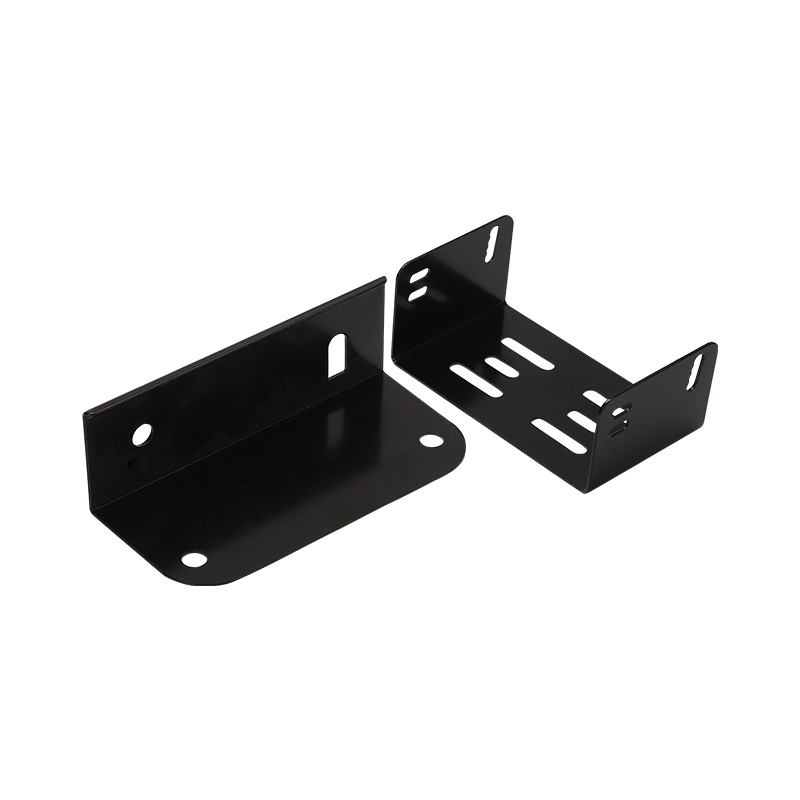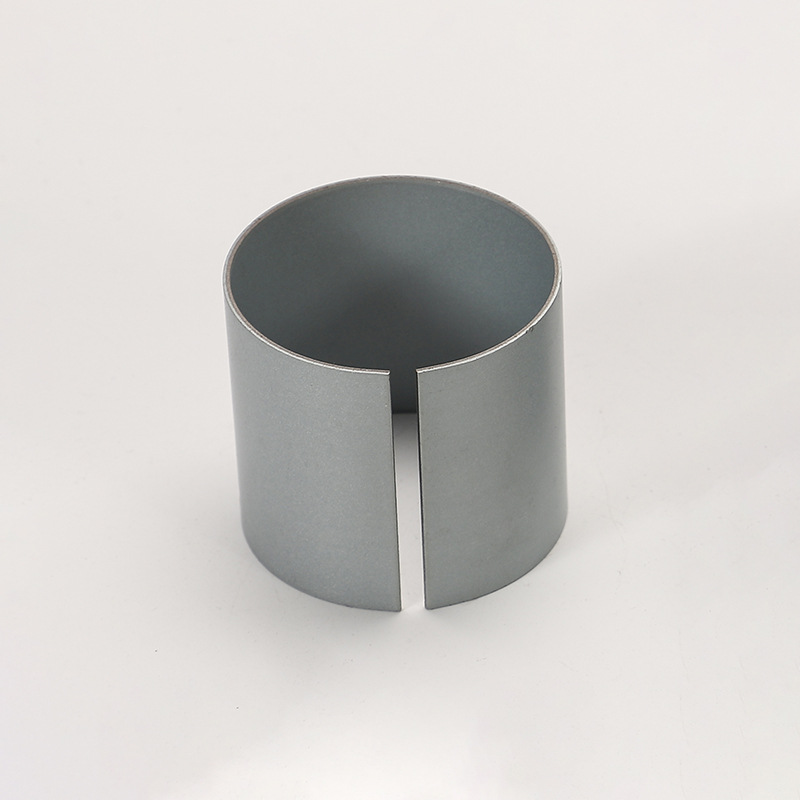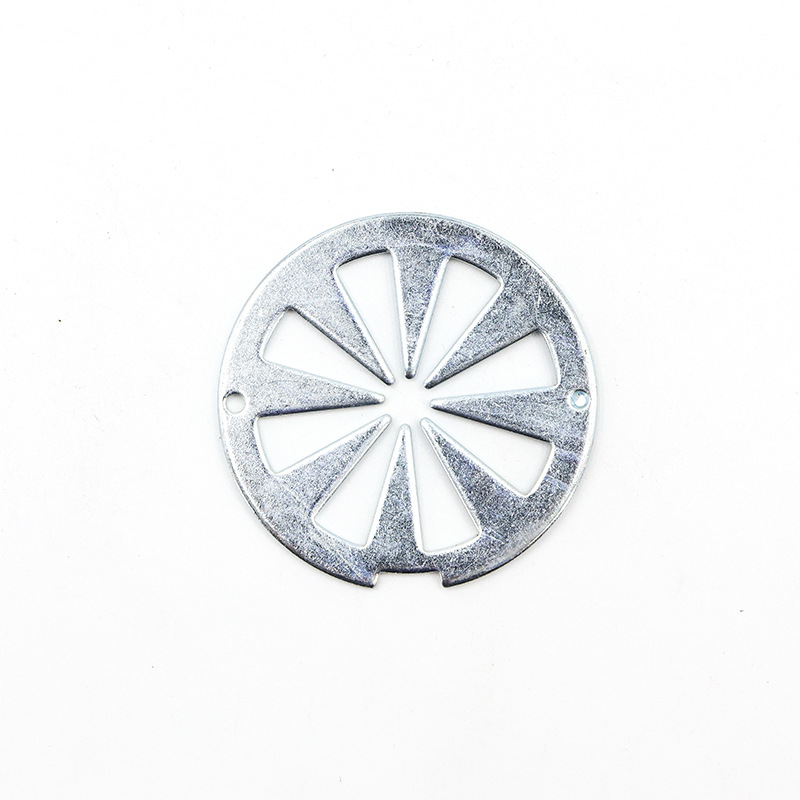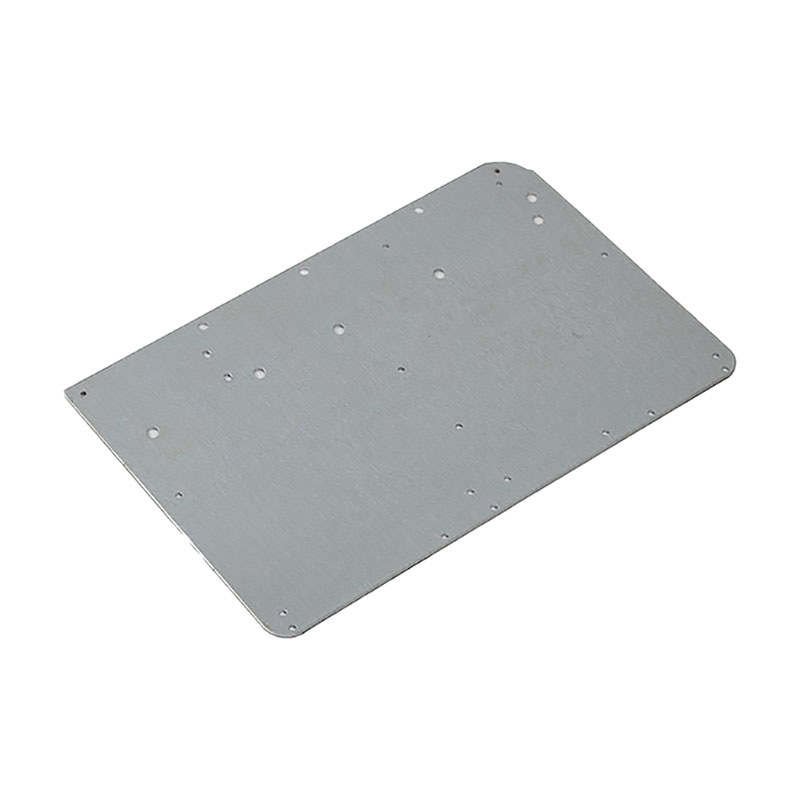Sheet metal fabrication is a range of manufacturing processes that transform sheet metal stock into functional components. Sheet metal fabrication can be used to create functional prototypes or end-use parts, but end-use sheet metal parts often require finishing before they can be marketed.
Sheet metal fabrication includes a variety of processes that can be used together or separately. There are a number of different fabrication processes that can be used to treat metal to suit your needs, and the design, requirements and materials will all determine which sheet metal fabrication process is best for your project. Metal components such as enclosures, panels, chassis, etc. can be made in a variety of shapes:
Enclosures - Sheet metal is a cost-effective method for manufacturing panels, boxes and chassis for product equipment for a variety of applications. We manufacture various types of enclosures including rack-mount, "U" and "L" shaped as well as consoles and small consoles.
Chassis - The chassis we manufacture are commonly used to mount electromechanical controls, from small handheld devices to large industrial test equipment. All chassis are manufactured to critical dimensions to ensure alignment of hole patterns between different components.
Brackets - Xuanmin manufactures custom brackets and a variety of sheet metal components that are ideal for light-duty applications or those that require high corrosion resistance. All required hardware and fasteners can be fully built-in.
Since sheet metal processing products have a wide range of applications, its downstream includes almost all manufacturing industries, and the main industries include communications and electronics, automobile manufacturing, motorcycle manufacturing, aerospace, instrumentation, home appliance, etc. Generally speaking, most of the metal forming parts of various electromechanical products are produced using sheet metal technology, among which stamping technology is suitable for mass production, while CNC sheet metal processing technology is suitable for precision production.
The main steps of sheet metal processing include:
Material cutting: First, the shape and size of the part to be produced need to be determined. Then, the corresponding material needs to be cut into the required shape. The tools used for material cutting are usually mechanical processing equipment, such as scissors, shears and laser cutters.
Part forming: There are many different ways to do this step, including bending, rolling, punching, molding, etc. The method chosen depends mainly on the shape, size and type of material used for the part.
Welding: Use welding technology to assemble multiple parts into a whole. Generally speaking, the welding process requires the use of a lot of heat and pressure to ensure that the weld is firm and maintains the appropriate strength.
Surface treatment: After the parts are formed and combined, their surfaces usually need to be processed to achieve the required surface finish and corrosion resistance.
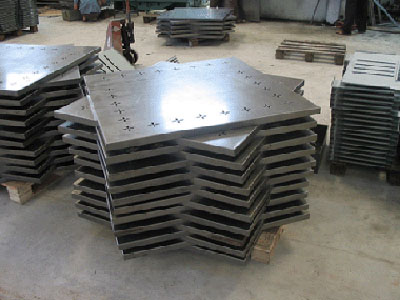
Xuanmin's main business projects include sheet metal processing, sheet metal manufacturing, custom processing, design and manufacturing of mechanical parts, fixtures, and automobile and motorcycle accessories development. Business expansion is synchronized with design and development, providing technical support to customers, reducing process costs, and improving effective productivity.
